Chart of the Day: Beef vs. Pork
Today’s Chart of the Day from the Wall Street Journal shows that you aren’t imagining that beef prices have gone up. Beef prices have increased significantly versus chicken and pork since the pandemic.
Happy New Year! We are open regular hours on Wednesday, Dec. 31. All locations will be closed on Thursday, Jan. 1.
Plan Today. Protect Tomorrow. Attend an Educational Estate-Planning Seminar
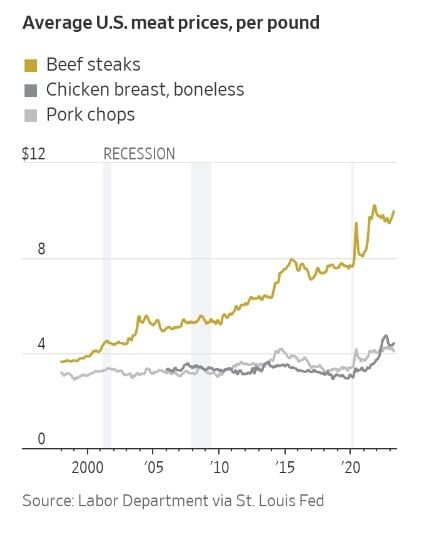
Today’s Chart of the Day from the Wall Street Journal shows that you aren’t imagining that beef prices have gone up. Beef prices have increased..
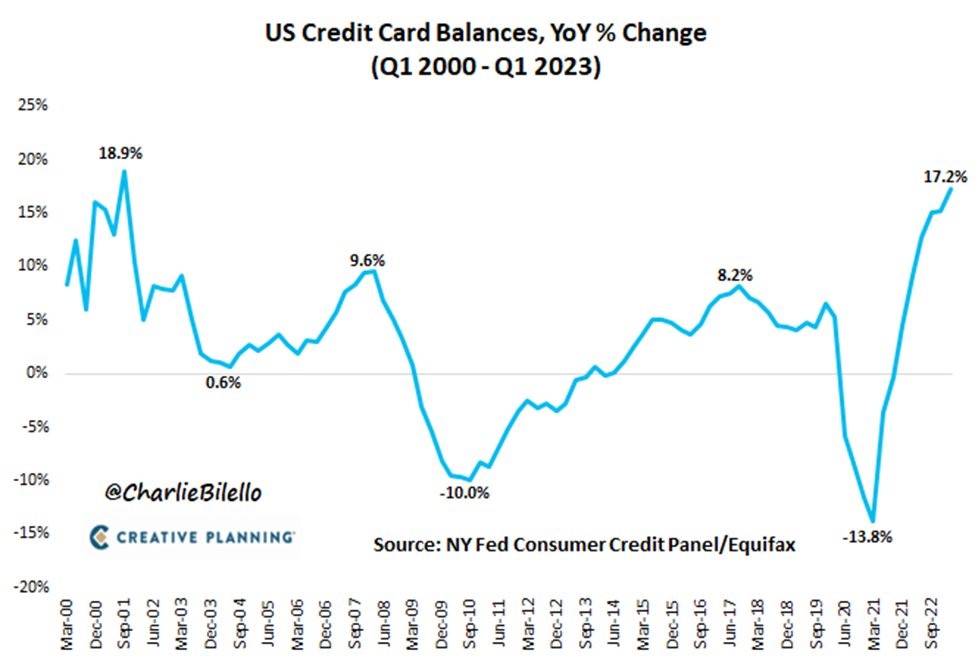
Today’s Chart of the Day from @CharlieBiello on Twitter shows the annual change in credit card balances dating back to 2000. The latest data shows a..

Election years can be unsettling times, as political campaigns dominate headlines and uncertainty looms in the air. It's common for individuals and..
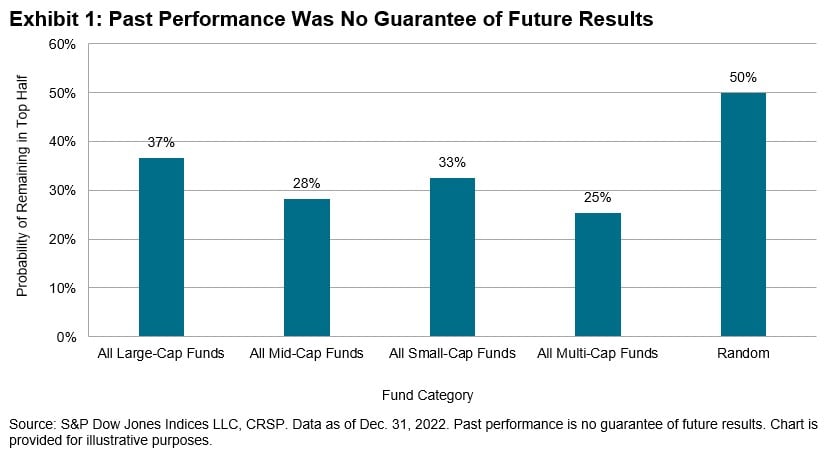
Today’s Chart of the Day comes from Craig Lazzara's article “Persistently Disappointing.” It asks if top fund managers outperform due to skill or..
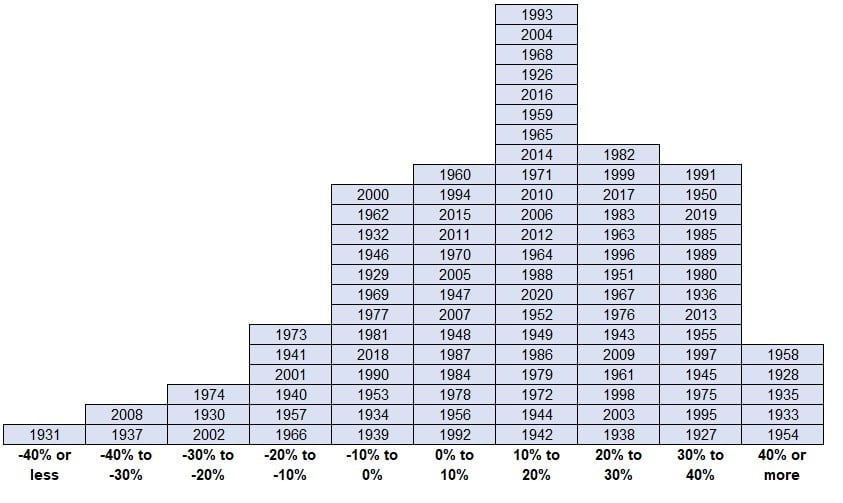
Today’s Chart of the Day comes from A Wealth of Common Sense showing the range of annual returns over the last 95 years. The long-term average is 10%..
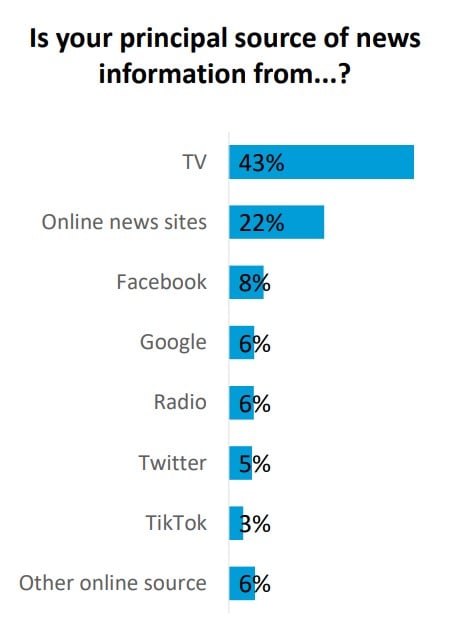
Today’s Chart of the Day is from the recent Harvard Caps/Harris poll. After all of these years, at 43%, TV is still the principal place people get..

Whether it’s trade school, college, or an advanced degree, continuing education can be an excellent way to further your career or make a career..

Today’s Chart of the Day comes from statsofindia.in with information from the United Nations Population Fund. It shows where everyone lives on earth.
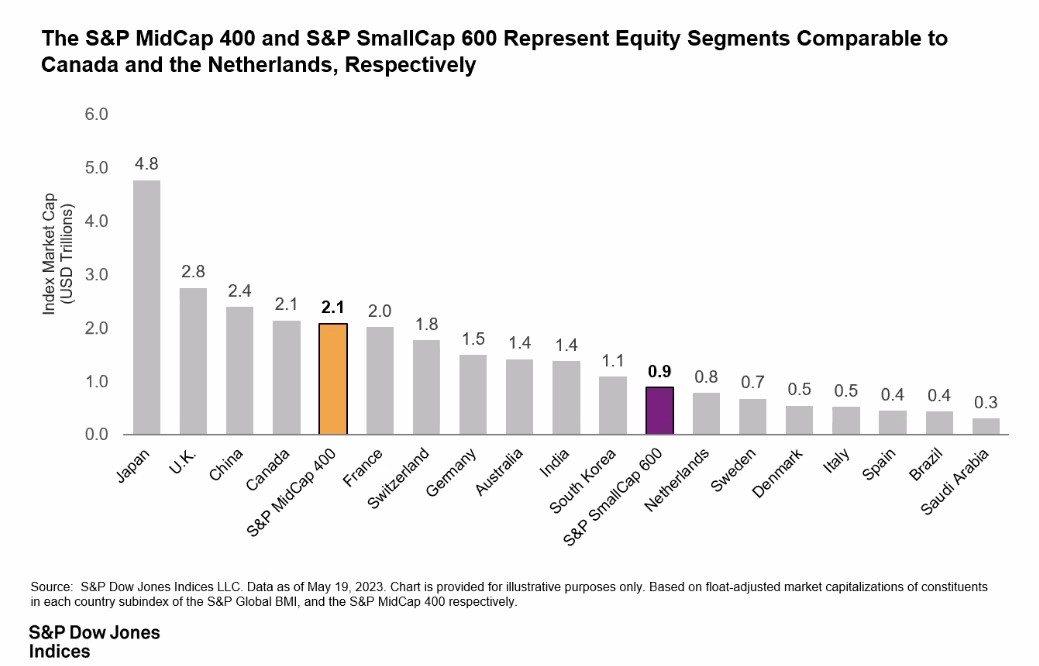
Today’s Chart of the Day from S&P Global shows the size of the United States S&P 400 Mid-Cap and S&P 600 Small-Cap Indexes vs. the size of other..
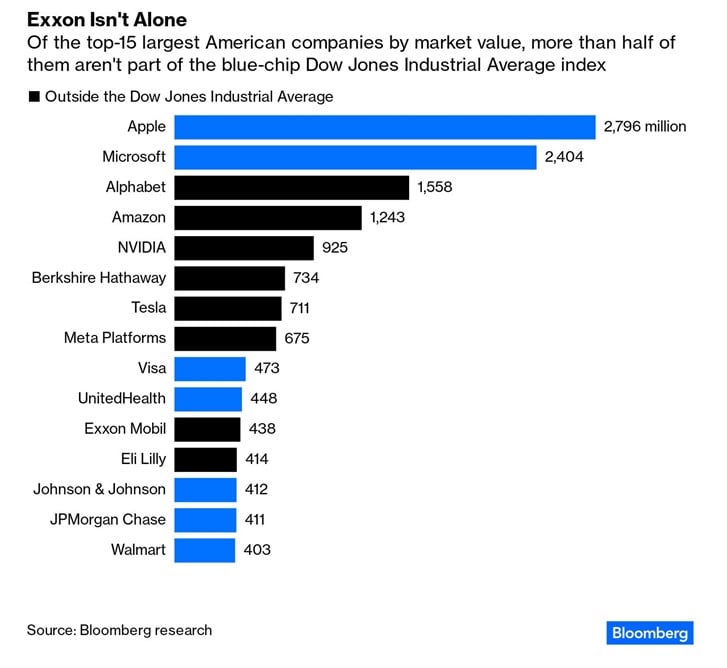
Today’s Chart of the Day from a Bloomberg article discusses Exxon Mobil's exclusion from the Dow Jones Industrial Average Index. The chart shows that..

Next to buying a home, a college education is the largest expenditure most parents will ever make. The key is advance planning. The more money you..
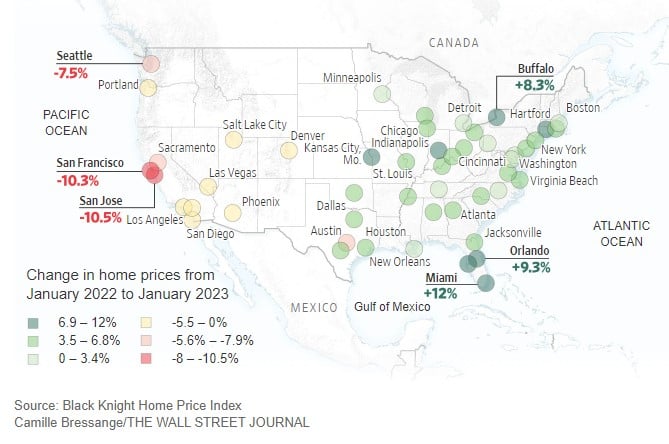
Today’s Chart of the Day from the Wall Street Journal shows that home prices are falling on the West Coast of the U.S. and rising in the East.
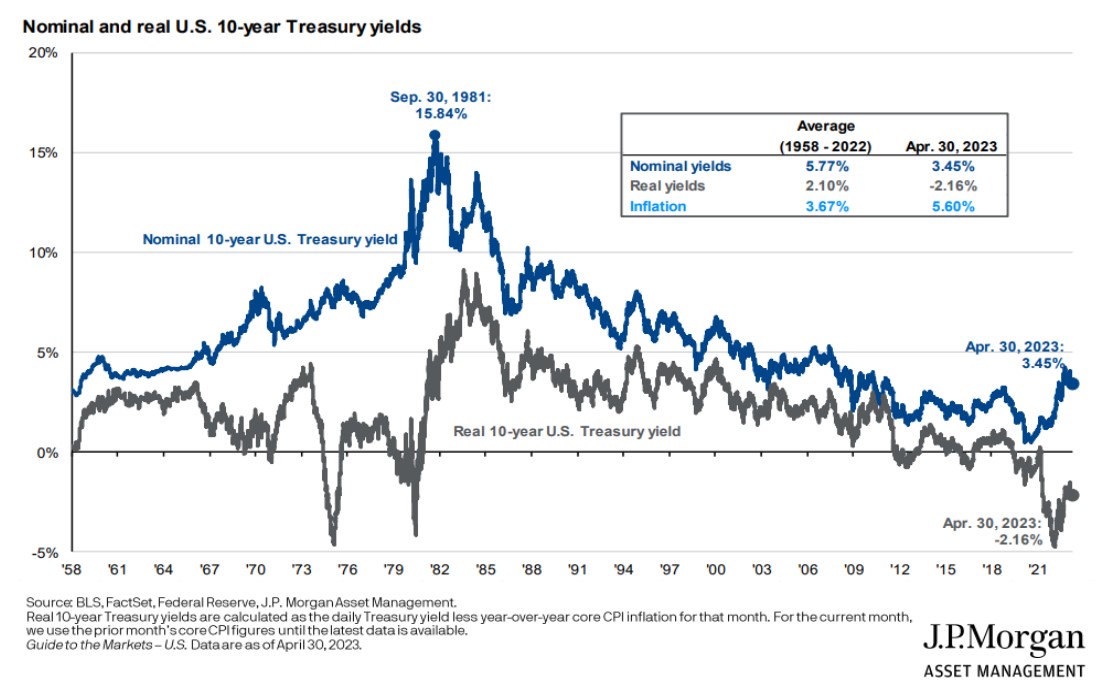
Today’s Chart of the Day from J.P. Morgan shows the history of the 10-year Treasury yield and the “real” yield, which is what you have left after you..

Today’s Chart of the Day is a great checklist from MarketWatch.com. As an example, I store this information in the notes of “My Card," in Contacts on..
.jpg)
More than 60% of adults are hoping to take a vacation this year, according to a 2023 Bankrate survey, but of those adults, 80% are making adjustments..
Today’s Chart of the Day from the Wall Street Journal shows that you aren’t imagining that beef prices have gone up. Beef prices have increased significantly versus chicken and pork since the pandemic.
Today’s Chart of the Day from @CharlieBiello on Twitter shows the annual change in credit card balances dating back to 2000. The latest data shows a 17.2% increase, nearing the record set in 2001 at 18.9%. This is another unintended consequence of the COVID-19 pandemic response.
Election years can be unsettling times, as political campaigns dominate headlines and uncertainty looms in the air. It's common for individuals and businesses to feel anxious about the potential financial impacts that elections can bring. However, it's crucial to remember that maintaining financial confidence during these periods is essential for making informed decisions and achieving long-term financial goals. In this blog, we'll explore strategies and mindset shifts that can help instill financial confidence and empower you to navigate the uncertainty of an election year.
Today’s Chart of the Day comes from Craig Lazzara's article “Persistently Disappointing.” It asks if top fund managers outperform due to skill or good luck. In EVERY fund category and over EVERY time frame, it was found to simply be good luck.
Today’s Chart of the Day comes from A Wealth of Common Sense showing the range of annual returns over the last 95 years. The long-term average is 10% over the entire period.
Today’s Chart of the Day is from the recent Harvard Caps/Harris poll. After all of these years, at 43%, TV is still the principal place people get their news.
Whether it’s trade school, college, or an advanced degree, continuing education can be an excellent way to further your career or make a career change. It can also be profitable: the most recent data from the National Center for Education Statistics shows that, on average, employees with a four-year college degree can earn $20,000 to $25,000 more than employees with a high school-only education. However, tuition and other expenses can quickly add up, so budgeting for continuing education is essential.
Today’s Chart of the Day comes from statsofindia.in with information from the United Nations Population Fund. It shows where everyone lives on earth.
Today’s Chart of the Day from S&P Global shows the size of the United States S&P 400 Mid-Cap and S&P 600 Small-Cap Indexes vs. the size of other country’s entire market value.
Today’s Chart of the Day from a Bloomberg article discusses Exxon Mobil's exclusion from the Dow Jones Industrial Average Index. The chart shows that out of the top 15 companies in the United States, more than half, noted in black, are excluded.
Next to buying a home, a college education is the largest expenditure most parents will ever make. The key is advance planning. The more money you save now, the less money you or your child will need to borrow later. It is important to begin saving as early as possible so you can earn interest, dividends, and/or capital gains on as much money as possible.
Today’s Chart of the Day from the Wall Street Journal shows that home prices are falling on the West Coast of the U.S. and rising in the East.
Today’s Chart of the Day from J.P. Morgan shows the history of the 10-year Treasury yield and the “real” yield, which is what you have left after you subtract inflation.
Today’s Chart of the Day is a great checklist from MarketWatch.com. As an example, I store this information in the notes of “My Card," in Contacts on my iPhone.
More than 60% of adults are hoping to take a vacation this year, according to a 2023 Bankrate survey, but of those adults, 80% are making adjustments to their plans due to rising costs. Making adjustments to your family vacation doesn’t have to mean sacrificing on traveling, and it doesn’t have to drain your bank account, either. We’ve put together some tips and tricks to help you plan for your family vacation, because no one wants to stress about money while traveling.
current_page_num+2: 25 -

